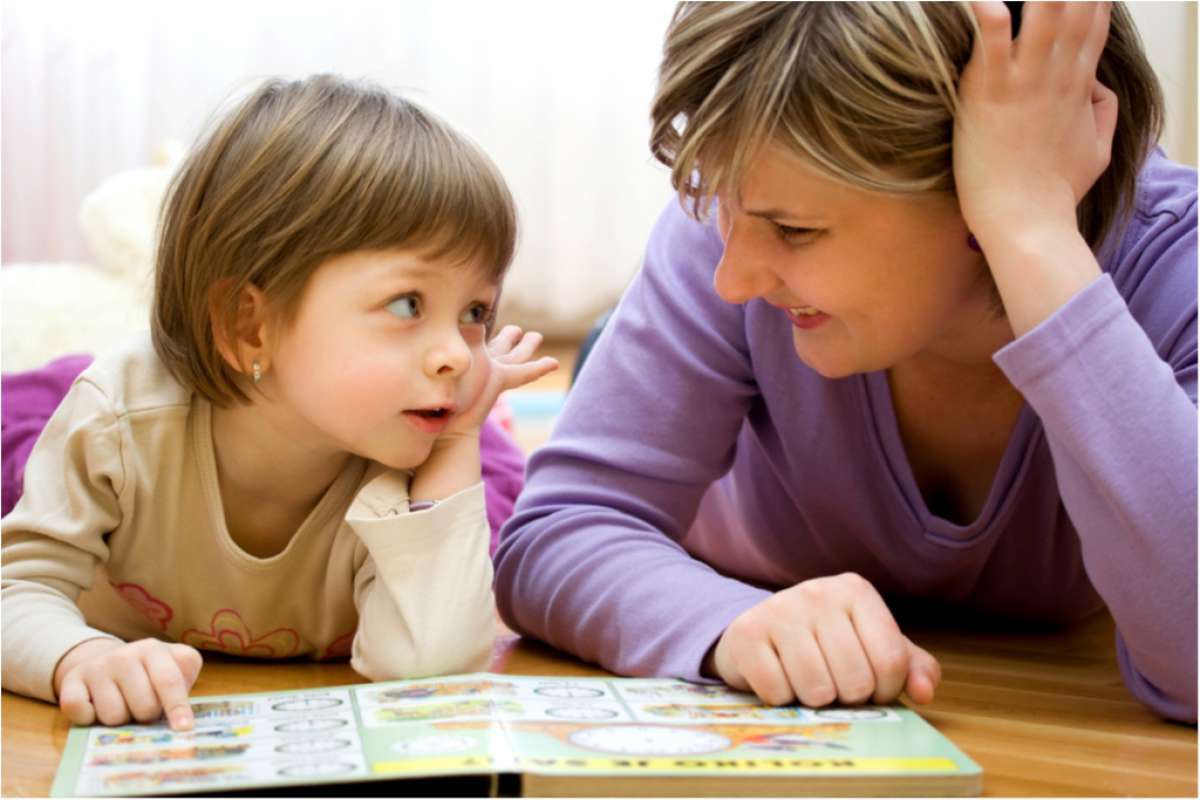Being a speech pathologist, I frequently meet parents who are concerned that their children are late talkers. Children can learn to talk later than expected for a range of reasons. Some children develop a little slower than other children, but still learn to talk well in their own time. Other children have older siblings who talk for them, so never really need to talk. Some children have specific language impairment or another diagnosis that may mean they don’t progress through the typical communication milestones. Whatever the reason, there are some things you can do to facilitate your child’s communication development.
Below is a list of strategies you may find helpful. Always remember when communicating with your child, the goal is to share interaction. It should be enjoyable for both you and your child. Even if your child does not use words, they are still likely communicating with you – learn to look for non-verbal communication, and respond in an encouraging way. If you have concerns with your child’s language development, it is always helpful to seek professional advice. A speech pathologist will be able to give you recommendations specific to your child’s needs.
Strategies to Encourage Language Development:
• Speak to your child one level above where they are. For example, if they have no words, aim to speak to them only in 1-2 word utterances. If they are saying single words, speak to them in 2-3 words sentences. If they speak in 2 word sentences, speak to them in 3-4 word sentences. This will provide an example they can easily copy.
• Talk about things that your child is interested in or looking at.
• Be VERY repetitive (e.g. “key… key… want key… key”)
• Don’t ask too many questions (e.g. “What’s this?”), or questions that are too hard (this can stop the interaction)
• Rather than simply giving your child something, offer them a choice out of two things. This encourages them to communicate a response (e.g. “Milk or juice?”).
• Play games with the same routine each time (e.g. peek-a-boo!, hide & seek, tickle, chasey), and then pause sometimes or swap roles. This helps teach turn-taking and creates opportunities for your child to communicate “more”.
• Be positive. Verbally reward any communication attempts they make (e.g. If they say “du” for juice, say in an excited tone, “Juice! Good boy, juice. Yes, juice!”). Praise is the best motivator for further effort.
• Add a word to whatever your child says. For example, if they say “Dog”, you can say, “Yes, dog. Dog sleeping!”.
• If they make a mistake when talking, don’t say “No, that’s wrong”. Simply repeat what they said in the correct way (e.g. if your child says “Daddy goed to work”, say, “Yes, daddy went to work”).
• If your child isn’t saying anything, or just points at something while making sounds, say whatever you think your child is trying to say. For example, if they are pointing to their drink, say “Drink.. want drink… drink…. here’s drink… drink”.
• Look at picture books daily. Rather than reading the words, talk about the pictures (what you see and what is happening). Use simple sentences.
• Don’t pressure your child to talk. Try not to ask them to say specific words (e.g. “Say spoon. Spoon. Can you say that?”). This can put pressure on the child and take the joy out of communicating. Instead wait for your child to ‘take the lead’ and start an interaction. Then respond to what they’re communicating.
• Whenever your child communicates a message (whether it be a look, sound, smile, body movement, gesture or word), it is important to respond immediately with interest. Imitate them, interpret or make a comment about what they’ve said.
• Create opportunities for your child to communicate or initiate an interaction. Some ways to do this includes:
o Place their favourite object out of reach but in sight… then wait.
o Offer a little bit… then wait (e.g. a tiny bit of food, rather than giving them the whole lot).
o Choose an activity your child can not do without your help.
o Offer a choice… then wait.
o Pause a familiar activity… then wait (e.g. a song they know well).
o Change a familiar activity… then wait (e.g. put their shoe on their hand rather than their foot!).
o Hide objects in surprising places… then wait (e.g. a toy car in their shoe).
o When things go wrong.. wait (e.g. If you spill some food or a toy breaks).

